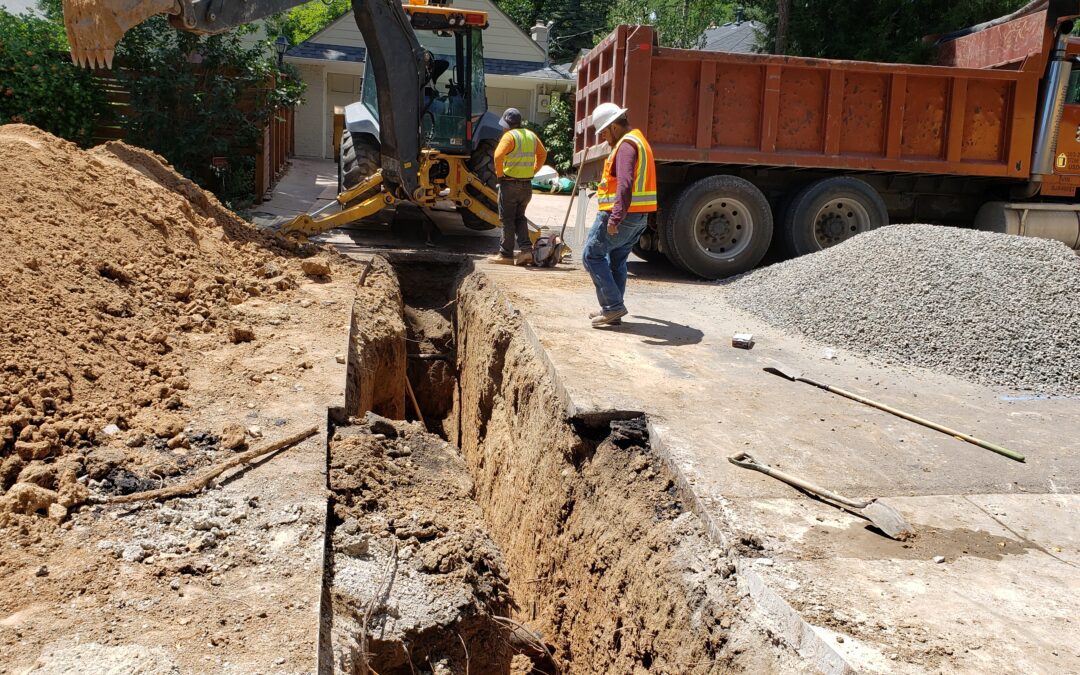Belly In Sewer Line Denver
Potential cause of sewer backup
There are a lot of reasons why your sewer may backup in your metro Denver home. When Go Direct does a video inspection using a camera on a sewer snake that pushes through your pipes, we often find clogs, scale, tree roots, cracks, debris, slope issues, or bellies in the sewer line.
What is a belly in sewer line?
A belly is also called a low spot, dip, or sag. Because a belly in sewer line interrupts the normal flow inside the pipe, water and sediment collect in the belly. This leads to corrosion, blockages, and major sewer backups.
There are several reasons why bellies occur in sewer lines.
When your house was first built, the sewer line may not have been bedded properly using compacted crushed stone, gravel, or sand. If not bedded properly, pipes sag and bellies form. In the Denver area, there is expansive soil. When pipes are laid on top of unstable or expansive soil, a belly may form when the ground shifts below it. This happens even if the sewer lines were installed properly at the time, because parts of the pipe may settle lower than the rest of the pipe.
A belly in a sewer line can also develop because of improper grading. Sewer lines should slope downward and use gravity to regulate flow and move waste away from your home. Bellies can occur with any sewer pipe material, but typically happen in less rigid types of pipe.
To help prevent bellies, proper planning and installation are required. A belly in sewer line repair may require a sewer line replacement. Go Direct makes sure the ground is compacted, the right materials are used, and the correct slope is established. Crushed rock, gravel, or sand are typically used to meet code in your metro Denver municipality.
Direct Tip:
Plumbers may mistake bellies for sewer channeling. Sewer channeling occurs when flowing water cuts a channel into the bottom of a sewer line, sometimes wearing away the bottom of the pipe. Go Direct offers free second opinions to provide you peace of mind.

